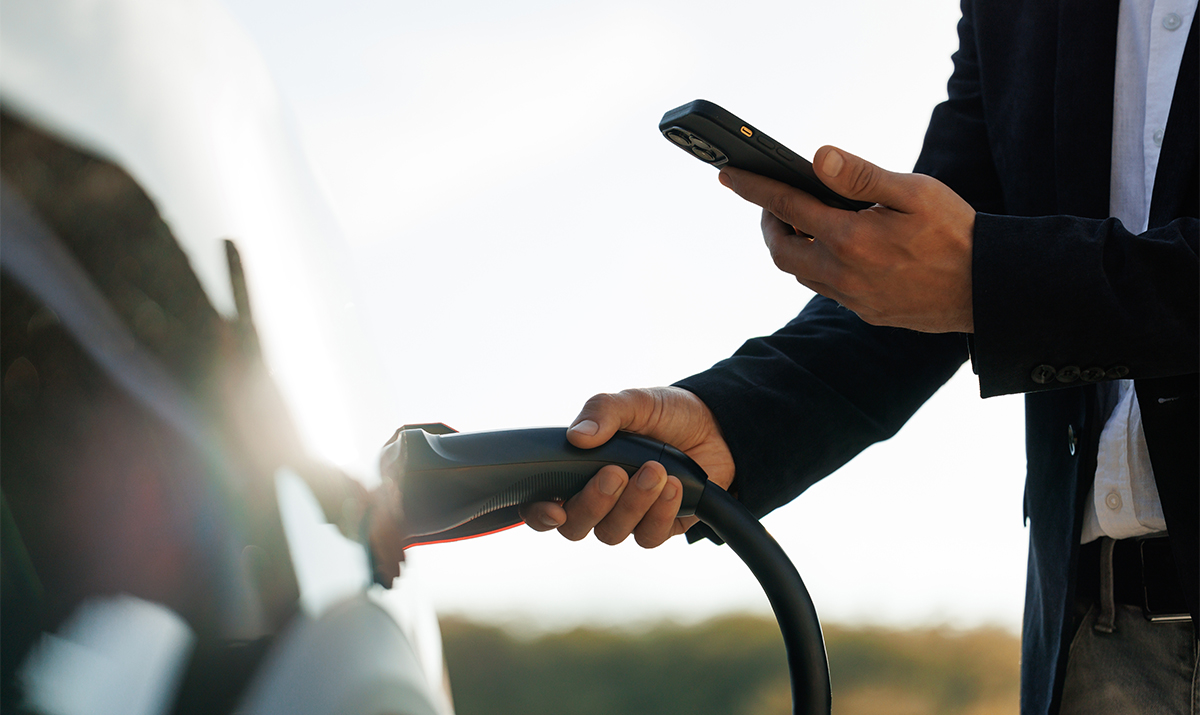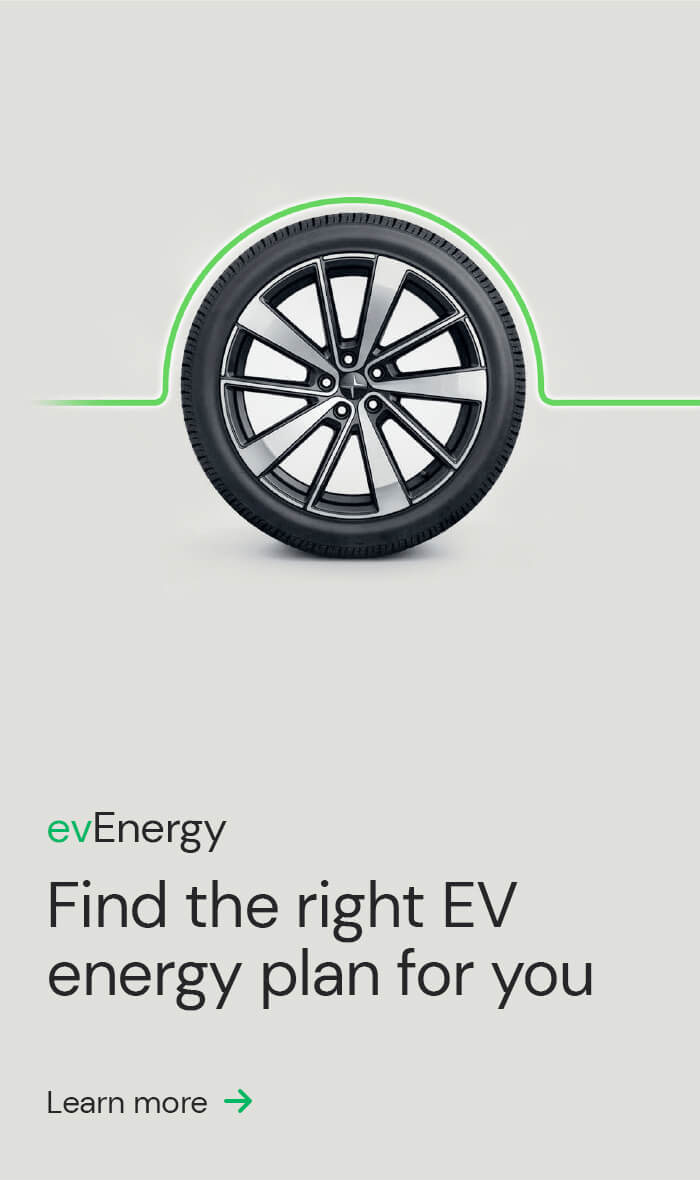When you’re in a rush or need to power up fast in the middle of a long journey, rapid public chargers are an EV owner’s lifesaver. Charging in minutes rather than hours, rapid DC chargers allow you to charge quickly and get back on the road in no time.
The question that arises is: Are rapid DC chargers a harmonious synergy of power and practicality or a potential source of concern for long-term performance? And if you depend on them too much, can their lightning-fast charging times come at a cost to your battery life? In our article, we separate fact from fiction so you can navigate the ins-and-outs of EV charging with confidence.
What are DC chargers and how long do they take?
Public charging stations use direct current (DC) for speedy battery replenishment. By delivering high-powered direct current electricity to the EV’s battery through specialised connectors, DC charging stations like Tesla Superchargers can get you up to around 80% capacity in under half an hour.
Rapid DC charging speeds may vary from fast (50kW) or ultra-fast (350kW), with the latter adding an incredible 350km of range in just 15 minutes.
How can rapid DC charging affect my EV battery?
Rest assured, modern EVs are designed to handle rapid charging to a certain extent without significant harm. That said, there is a possibility that long-term reliance on DC charging can potentially have some impact on your EV battery’s health and lifespan. Here are some key points to consider.
EV batteries consist of multiple lithium-ion cells, which can gradually degrade over time. A process that gradually occurs due to chemical reactions within the battery’s electrodes during the charging and discharging cycles. Every charge and discharge cycle causes a small amount of wear on the battery. Rapid charging rates can generate heat, and elevated battery temperatures can accelerate degradation.
It is important to consider the battery’s charge level when using a rapid charger. Charging at high rates when the battery is nearly full or nearly empty can be more stressful on the battery compared to charging when it’s at a moderate state of charge.
When used sparingly, rapid DC charging is fine. A Geotab study found that over two years, fast charging more than three times a month increased battery degradation by only 0.1% compared to drivers who never used fast charging.
Another study by Idaho National Laboratory reached the same findings. Over a year, a pair of Nissan LEAFs were driven under identical conditions. The only difference was the first pair was charged with Level 2 chargers and the second pair with Level 3 fast chargers. When all four EVs reached 80,467km, the Level 2 LEAFs had lost about 23% of their original battery capacity, while the Level 3 LEAFs were down by around 27% — a marginally smaller degradation.
How can I prolong my EV battery life when charging?
As the Geotab study suggests, limiting your use of fast charging will minimise battery degradation. If possible, use it no more than once a fortnight or only in emergencies. To extend your EV battery life even further, here are some other helpful habits to consider.
If you charge your EV battery to its maximum capacity or let it drain to empty frequently, it can increase battery stress. Aim to keep your battery’s state of charge within the recommended range, typically between 20% and 80%.
Extreme temperatures can impact an electric car’s battery health. Whenever possible, park your EV in a shaded area to prevent excessive heat build-up during charging. Some EVs also have handy battery preconditioning features to optimise charging in hot or cold conditions. Do try to charge your EV during the cooler parts of the day to prevent additional heat stress on the battery. Overnight charging is usually best.
If your home charger allows you to have control over the charging speed, aim for a moderate rate. Charging too quickly can generate heat and stress the battery.
Summary
- Unlike Level 2 home chargers used to power your EV overnight, Level 3 direct current (DC) chargers are designed for speedy battery replenishment.
- DC charging stations such as Tesla Superchargers can get you up to 80% of charge in less than 30 minutes.
- Rapid charging generates heat and elevates battery temperatures, which can accelerate wear to your EVs battery over time.
- A Geotab study found that over two years, fast charging more than three times a month increased battery degradation by only 0.1%.
- To help minimise battery wear, use fast chargers sparingly, keep your battery’s charge within 20% – 80%, park in shaded areas and turn on your EVs preconditioning features during cold conditions.
Are you considering making the switch to an electric vehicle? ActewAGL can help you effortlessly find, finance and charge your EV. Discover how ActewAGL can support your transition to sustainable driving today. Find out more here.
Sources
https://www.geotab.com/blog/ev-battery-health/
https://goevie.com.au/our-network/
https://avt.inl.gov/sites/default/files/pdf/vehiclebatteries/FastChargeEffects.pdf



